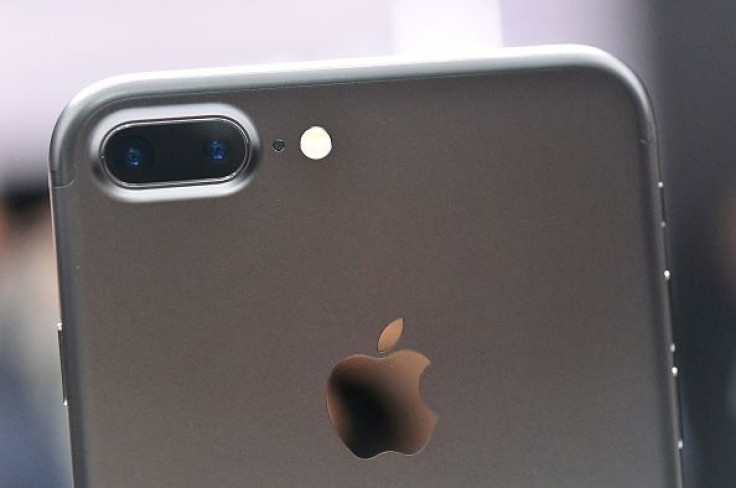Why iPhone 7 Plus Dual-Lens Camera Is A Good Reason To Ditch iPhone 7 Upgrade

Unlike before when Apple fans rely mostly on their size preference in choosing between a standard iPhone and a larger variant, things have significantly changed with the Cupertino giant’s introduction of one major upgrade that sets its newest iPhones apart: the dual-lens camera.
Apple debuted its iPhone 7 and iPhone 7 Plus on Sept. 7 with different camera systems. The former has a single-lens primary shooter, while the latter sports a dual-lens camera system that is definitely a game-changer in smartphone photography, as what the Cupertino giant claims it to be.
Comparing the cameras found in the two smartphones, it’s not that hard to see how Apple strategically included the dual-lens camera to the Plus variant only as Apple Insider reports that it could lead consumers who typically prefer the standard iPhone to opt for the larger iPhone 7 Plus because of the latter’s superior camera alone.
Though Apple has said from the get-go that the cameras of its new iPhones are very commendable when it comes to capturing high-quality photos, the addition of another lens into the camera module of the 7 Plus just makes a big difference.
The secondary lens in the iPhone 7 Plus is a telephoto lens that has a smaller aperture than the wide-angle lens that is present in both iPhone 7 and 7 Plus. It has its own dedicated sensor and adds up to 2x more optical zoom, making the 5.5-inch iteration capable of effectively zooming to 10x.
Typically, smaller sensors like the one found in the telephoto lens would mean more “noise” or visible artefacts in the photo, but 9To5Mac says consumers should not forget Apple’s good implementation of aggressive noise-reduction technology, which is also present in the iPhone 6s camera.
Furthermore, the Telegraph has learned that what the telephoto lens does well is preventing any distortion or shrinkage of the subject that tends to happen when using a wide-angle lens only.
Beyond the specifications of the telephoto lens, the two lenses of the iPhone 7 Plus work together in bringing astonishing out-of-focus photos that selectively blurs everything in the background to clearly draw attention to the subject of the images. Such photography technique is called the bokeh effect and given that the two lenses are necessary in simultaneously mapping the depth of the subject and the background during the process of taking the photo, it is not surprising that this is only available on the iPhone 7 Plus.
Over the weekend, Sports Illustrated photographer David E. Klutho got the chance to use a pre-release iPhone 7 Plus during the Tennessee Titans and Minnesota Vikings football game, and BGR reports that what Klutho managed to capture using Apple’s new flagship phablet are “downright mesmerizing” snaps.
True Tone flash (thanks to the addition of two extra LED lights), the 12-megapixel sensors and the support for RAW image file through iOS 10 contribute to the superior quality of the photos the device captures.
Up front, both the iPhone 7 and the iPhone 7 Plus sport a seven-megapixel FaceTime or selfie camera that is a big improvement from the 5-megapixel camera last year’s iPhones came equipped with. The front-facing camera also has auto image stabilization, a f/2.2 aperture and full HD video recording capability.
© Copyright IBTimes 2024. All rights reserved.











